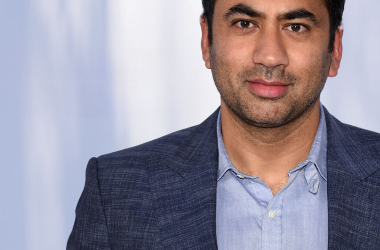By Andrew Salata
Social Security Public Affairs
In Park Forest and University Park (zip codes 60466 and 60484), there are 3,135 retired workers receiving Social Security and 495 Widow(er)s. Of these Social Security beneficiaries, 2,860 are age 65 or older.
Our baby boomers are turning 65 this year, and if you are one of them, you may need Medicare Part B? If you are eligible, now is the time to sign up. The general enrollment period for Medicare Part B runs from January 1 through March 31. Before you make a decision about general enrollment, let us fill you in on some general information.
Medicare is a medical insurance program for retired and disabled people. Some people are covered only by one type of Medicare; others opt to pay extra for more coverage. Understanding Medicare can save you money; here are the facts.
There are four parts to Medicare: Parts A, B, C and D. Part A helps pay for inpatient hospital care, skilled nursing care, hospice care, and other services. Part B helps pay for doctors’ fees, outpatient hospital visits, and other medical services and supplies not covered by Part A. Part C allows you to choose to receive all of your health care services through a provider organization. These plans, known as Medicare Advantage Plans, may help lower your costs of receiving medical services, or you may get extra benefits for an additional monthly fee. You must have both Parts A and B to enroll in Part C. And Part D is the Medicare Prescription Drug Program.
Most people first become eligible for Medicare at age 65, and there is a monthly premium for Medicare Part B. In 2011, the standard premium is $115.40. Some high-income individuals pay more than the standard premium. Your Part B premium also can be higher if you do not enroll during your initial enrollment period, or when you first become eligible.
There are exceptions to this rule. For example, you can delay your Medicare Part B enrollment without having to pay higher premiums if you are covered under a group health plan based on your own current employment or the current employment of any family member. If this situation applies to you, you can sign up for Medicare Part B without paying higher premiums:
- Any month you are under a group health plan based on your own current employment or the current employment of any family member; or
- Within eight months after your employment or group health plan coverage ends, whichever comes first.
If you are disabled and working (or you have coverage from a working family member), the same rules apply.
Remember: Most people are automatically enrolled in Medicare Part B when they become eligible. If you don’t enroll in Medicare Part B when you first become eligible to apply and you don’t fit into one of the above categories, you’ll have to wait until the general enrollment period, which is January 1 through March 31 of each year. At that time, you may have to pay a higher Medicare Part B premium.
For more information about Medicare Parts A, B, C, and D, visit the Centers for Medicare & Medicaid Services (CMS) website at www.medicare.gov. Or read our publication on Medicare atwww.socialsecurity.gov/pubs/10043.html.








